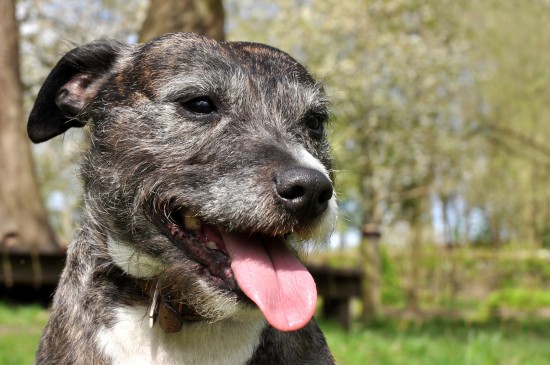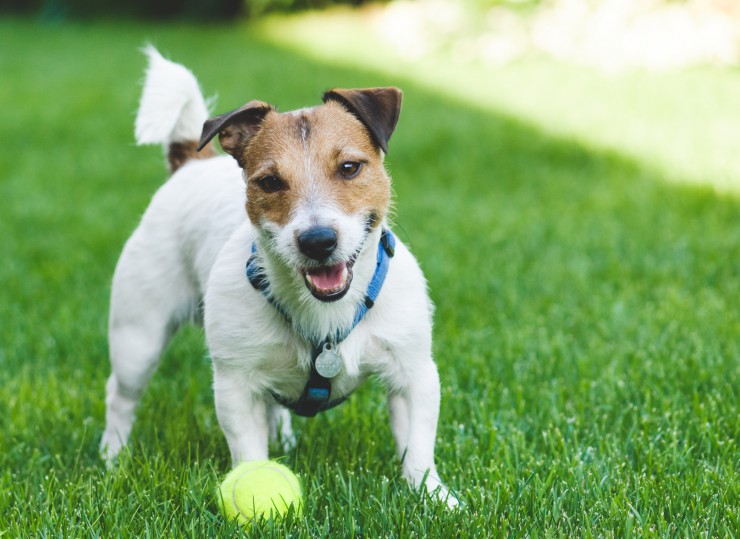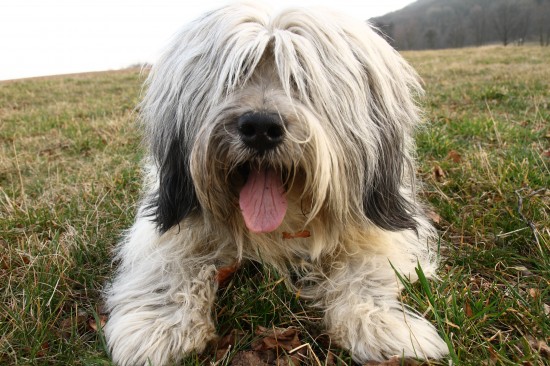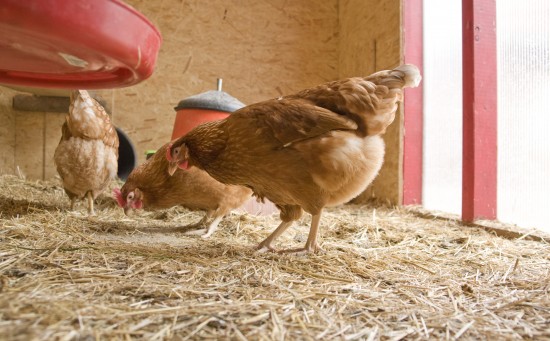No pet left behind became the vow of every pet lover who watched with horror as beloved family pets were abandoned when their humans were forced to evacuate without them during Hurricane Katrina. That promise was definitely evident during the California wildfires of 2007 when families refused to go to the refugee centers and instead camped out in tents so that their pets could stay with them.
If you are preparing for disaster survival, do not forget to prepare for your pets as well. These beloved companions enrich our lives and it is important that we consider their welfare in the event of a disaster. Remember that they are domesticated animals and not trained to survive on their own. Without their humans they will often experience a horrible death.
Here is a list of things you can do to ensure that your pets are protected in the event of a disaster:
1.Locate possible shelters, including hotels and motels in the area you plan to evacuate to that will accept pets. Make sure you include that information in your own bug out bag (BOB) and in the pets individual go bag.
2.Keep identification tags and vaccinations current. Consider getting your dog or cat micro-chipped so they can be identified in case you get separated.
3.Keep the necessary item(s) handy for secure transportation, such as: leashes, pet carriers or harnesses.
4.Keep a copy of your pets medical record in your BOB and also in your pets go bag.
If the worst should happen and you must leave your pet at home, there are some steps you can take to ensure that they are as safe as possible. Leave them loose in the house with plenty of water and food. In the bathrooms, leave the toilet seats up, remove the tank covers and place something in front of the doors to keep them open.
Place large signs on the outside of each outside door notifying authorities that there are pets in the house and their location. Include the name and number of your vet, as well as a phone number where you can be contacted to be reunited with your pets.
Animals are more sensitive than we are to atmospheric changes that signal bad storms and will often try to hide well in advance of the danger. It is therefore imperative that you bring them inside as soon as you become aware of an approaching threat.
During the actual storm or disaster there are some immediate steps you can take to ensure the safety of your pet. First of all, never leave your pet outside. Bring them inside, use newspapers for sanitary purposes, and feed them canned food that has a high percentage of moisture content. This will cut down on the amount of water they will need to drink.
If you have more than one animal, you would be advised to separate them. Even if they normally get along and are best of pals, disaster situations can cause them to react in an unpredictable manner. Fear and uncertainty can unset your pets normal equilibrium resulting in aggressive or defensive behavior.
Very few of the pets left behind during Katrina were ever returned to their rightful owners. Right now there are steps you can take to ensure that that vow of no pet left behind is fulfilled when the next great disaster occurs. There is nothing more heartbreaking than being forced to leave a beloved pet behind as you are being rescued.

 Is My Dog Suffering From Alzheimers?
Is My Dog Sufferi
Is My Dog Suffering From Alzheimers?
Is My Dog Sufferi
 Human Food Thats Safe To Feed To Chickens
Human Food Thats
Human Food Thats Safe To Feed To Chickens
Human Food Thats
 Ways You Could Be Shortening Your Dogs Life
Ways You Could Be
Ways You Could Be Shortening Your Dogs Life
Ways You Could Be
 Polish Lowland Sheepdog Hereditary Health And Health Testing
Polish Lowland Sh
Polish Lowland Sheepdog Hereditary Health And Health Testing
Polish Lowland Sh
 How To Deal With Red Mite Problems In Chickens & Their Housing
How To Deal With
How To Deal With Red Mite Problems In Chickens & Their Housing
How To Deal With